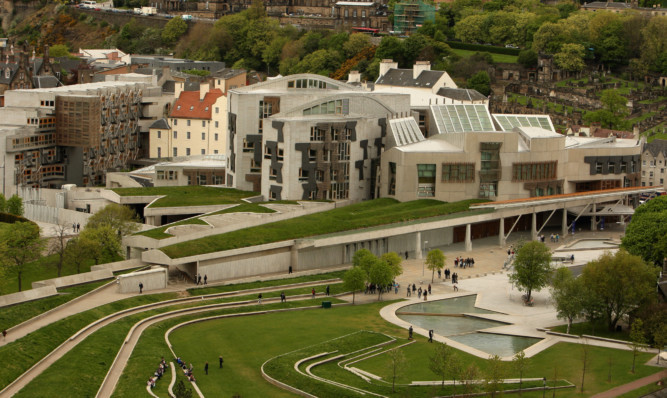Holyrood should use its new financial powers to resurrect an unpopular tax system from the 1960s to substantially increase child benefit at a cut price cost, a think-tank has recommended.
The Scottish Parliament will soon be able to set its own rate of income tax and have the power to top up child benefit under the Scotland Bill.
A new paper for the Common Weal has recommended a 50% increase in child benefit – a measure which would lift thousands of children out of poverty but cost nearly half a billion pounds a year.
But making child benefit taxable under the new Scottish tax system would bring this down to £325 million, according to the report’s author Paul Spicker, former Grampian chair of public policy at the Robert Gordon University and now an emeritus professor at the university.
Mr Spicker told the Press Association: “It is important to make a distinction between what is taxed and what is taxable.
“If something is taxed you take money away from it, but if it is taxable then it is liable to be included in tax calculations.
“If the Scottish Government tops up child benefit by enough but counted the income as taxable, it wouldn’t leave anybody worse off because it wouldn’t take any money away, but it would be able to differentiate clearly between people on lower incomes and those on higher incomes who should not receive the benefit.
“The idea was actually tried in the 60s and called ‘clawback’ but it was very unpopular, because people thought it was just giving with one hand and taking with another.
“But the great difficulty with targeting the benefits at poorer people is you end up with a different means-test for every benefit.
“If you use the tax system to take the money back instead, although it puzzles a lot of people it means you only get one test that we all go through – which is the tax system.”
The paper, entitled What Can The Scottish Parliament Do With New Social Security Powers, contains a range of options that Holyrood could consider once the new powers are devolved.
It states: “Making all child benefit taxable – that is, included in tax calculations when a person’s income is high enough – would mean that families with incomes above the tax threshold would gain less than families below it, and so that the benefits will be targeted more on lower incomes.
“The total cost of a 50% increase could be brought down from £465 million to nearer £325 million.”
Ben Wray, head of policy and research at Common Weal, said: “We should not be under any misapprehension – the powers set to be devolved in the Scotland Bill on social security do not give the Scottish Government the power to create a new social security system.
“The Scottish Parliament only has power to create new benefits or top-up some of the existing ones. The framework of the UK welfare system will still be controlled by the DWP.
“That doesn’t mean we should shy away from the progressive things that the Scottish Parliament can do with these powers.
“By topping up child benefit by 50%, and making it tax deductible, the poorest would gain most and the tax from the better off would make it affordable at just £325 million.
“One in five children in Scotland – over 200,000 – are in poverty and this top-up would reach every one of those children.”
